Md. Saifur Rahman
CrosGrpsABS: Cross-Attention over Syntactic and Semantic Graphs for Aspect-Based Sentiment Analysis in a Low-Resource Language
May 25, 2025Abstract:Aspect-Based Sentiment Analysis (ABSA) is a fundamental task in natural language processing, offering fine-grained insights into opinions expressed in text. While existing research has largely focused on resource-rich languages like English which leveraging large annotated datasets, pre-trained models, and language-specific tools. These resources are often unavailable for low-resource languages such as Bengali. The ABSA task in Bengali remains poorly explored and is further complicated by its unique linguistic characteristics and a lack of annotated data, pre-trained models, and optimized hyperparameters. To address these challenges, this research propose CrosGrpsABS, a novel hybrid framework that leverages bidirectional cross-attention between syntactic and semantic graphs to enhance aspect-level sentiment classification. The CrosGrpsABS combines transformerbased contextual embeddings with graph convolutional networks, built upon rule-based syntactic dependency parsing and semantic similarity computations. By employing bidirectional crossattention, the model effectively fuses local syntactic structure with global semantic context, resulting in improved sentiment classification performance across both low- and high-resource settings. We evaluate CrosGrpsABS on four low-resource Bengali ABSA datasets and the high-resource English SemEval 2014 Task 4 dataset. The CrosGrpsABS consistently outperforms existing approaches, achieving notable improvements, including a 0.93% F1-score increase for the Restaurant domain and a 1.06% gain for the Laptop domain in the SemEval 2014 Task 4 benchmark.
An Evolution of CNN Object Classifiers on Low-Resolution Images
Jan 03, 2021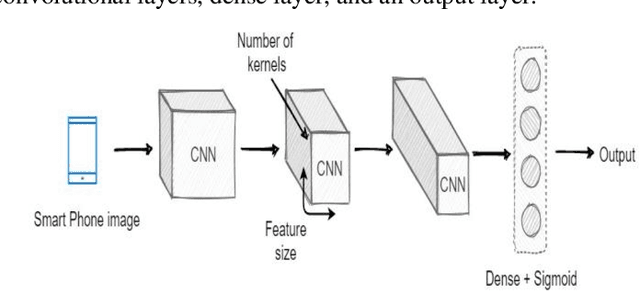
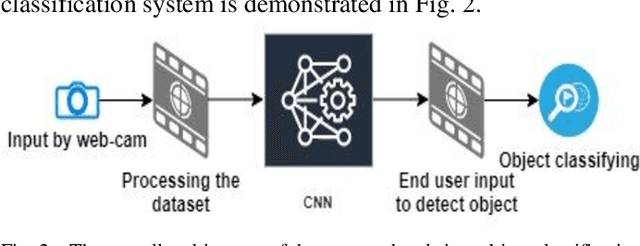

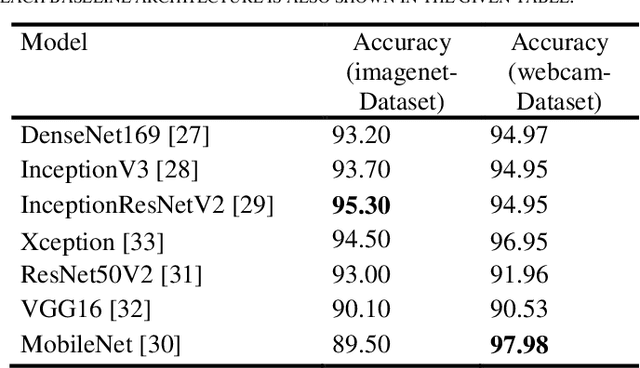
Abstract:Object classification is a significant task in computer vision. It has become an effective research area as an important aspect of image processing and the building block of image localization, detection, and scene parsing. Object classification from low-quality images is difficult for the variance of object colors, aspect ratios, and cluttered backgrounds. The field of object classification has seen remarkable advancements, with the development of deep convolutional neural networks (DCNNs). Deep neural networks have been demonstrated as very powerful systems for facing the challenge of object classification from high-resolution images, but deploying such object classification networks on the embedded device remains challenging due to the high computational and memory requirements. Using high-quality images often causes high computational and memory complexity, whereas low-quality images can solve this issue. Hence, in this paper, we investigate an optimal architecture that accurately classifies low-quality images using DCNNs architectures. To validate different baselines on lowquality images, we perform experiments using webcam captured image datasets of 10 different objects. In this research work, we evaluate the proposed architecture by implementing popular CNN architectures. The experimental results validate that the MobileNet architecture delivers better than most of the available CNN architectures for low-resolution webcam image datasets.
A Frequency And Phase Attention Based Deep Learning Framework For Partial Discharge Detection On Insulated Overhead Conductors
Dec 21, 2020



Abstract:Partial discharges are known as indicators of degradation of insulation systems.The reliability and selectivity of methods to detect internal partial discharges in the covered conductors are dictated by the level of background noise. The background noise distorts the pattern of partial discharges (PD-pattern) and decreases the capability of detection methods to recognize the features of PD-pattern corresponding to the degradation of an insulation system. This paper proposes a deep learning based framework with novel implementation of frequency and phase attention layers to detect partial discharge pattern on insulated overhead conductors.The introduced phase and frequency attention layers finds the discriminative regions responsible for PD activity in the spectograms of the signals.
Human Abnormality Detection Based on Bengali Text
Jul 21, 2020
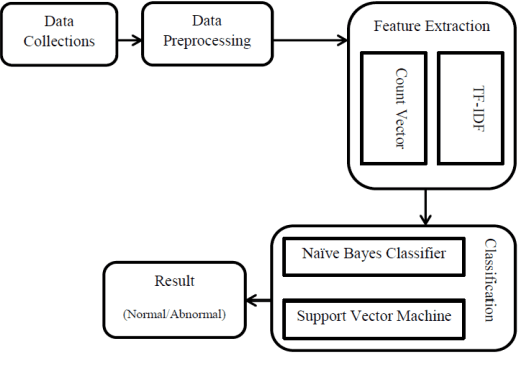
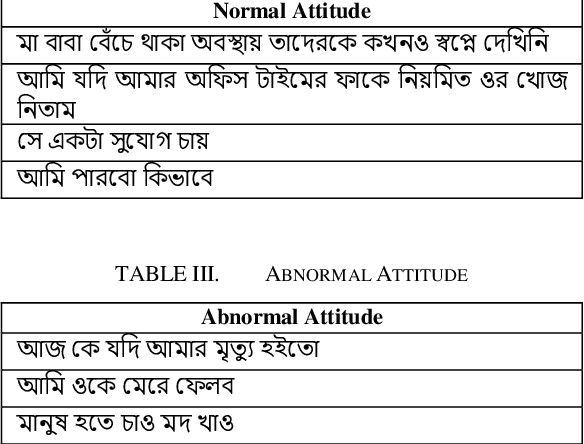
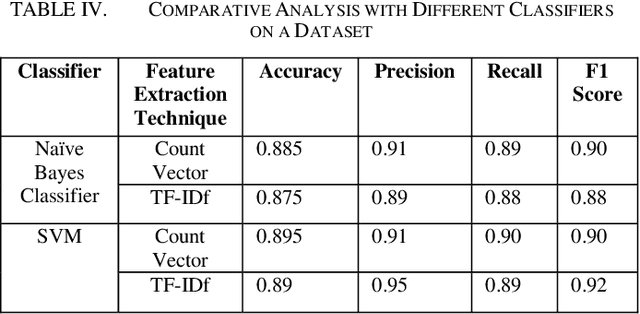
Abstract:In the field of natural language processing and human-computer interaction, human attitudes and sentiments have attracted the researchers. However, in the field of human-computer interaction, human abnormality detection has not been investigated extensively and most works depend on image-based information. In natural language processing, effective meaning can potentially convey by all words. Each word may bring out difficult encounters because of their semantic connection with ideas or categories. In this paper, an efficient and effective human abnormality detection model is introduced, that only uses Bengali text. This proposed model can recognize whether the person is in a normal or abnormal state by analyzing their typed Bengali text. To the best of our knowledge, this is the first attempt in developing a text based human abnormality detection system. We have created our Bengali dataset (contains 2000 sentences) that is generated by voluntary conversations. We have performed the comparative analysis by using Naive Bayes and Support Vector Machine as classifiers. Two different feature extraction techniques count vector, and TF-IDF is used to experiment on our constructed dataset. We have achieved a maximum 89% accuracy and 92% F1-score with our constructed dataset in our experiment.
 Add to Chrome
Add to Chrome Add to Firefox
Add to Firefox Add to Edge
Add to Edge